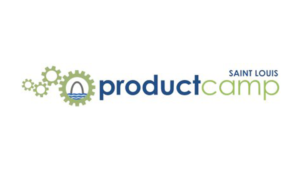Moms spend more than 2.5 trillion dollars per year
…yet 91% of them feel that advertisers don’t understand them.
Marketing to moms occurs across most industries. However, healthcare is an industry where moms are very specifically targeted. With healthcare prices rising, consumers getting smarter and reviews online influencing purchase decisions, healthcare marketers have an opportunity to lead the conversation and provide helpful information that creates consumer loyalty. Let’s look at some facts we compiled that may help healthcare marketers look at moms a bit differently.
1. Mom is the decision maker when it comes to healthcare.
80-90% of all healthcare decisions are made or influenced by women. This rings true with doctor and hospital-related decisions and with drugstore purchases. Mom decides what’s best for her children and her husband, and an often time relays this information to family and friends.
2. A mom’s best resource is another mom.
Technology that connects friends is a top choice for moms seeking health-related information. 84% of moms turn to friends online as well as online communities to seek advice, recommendations, reviews and information. And, 65% of these moms have made a purchase decision based on a recommendation they saw online. Engaging in and managing online relationships is imperative in this digital age – encourage online reviews from customers/patients, provide helpful information that makes their jobs as moms easier and responds to the difficult questions or comments about your services. Transparency and open conversation go a long way.
3. Many are new at this mom thing.
There are over 4 million babies born each year, 40% of them are born to first-time moms. If you’re a mom, think back to the first years of your child’s life. It’s a blur, right? With schedules, lists of what to feed/what not to feed, sleepless nights, balancing work/family/friends, etc., Moms sometimes just need a helping hand – and this doesn’t get any easier as kids grow up. Marketers can enhance their relationships with moms by thinking about their everyday lives and what they can do to help.
4. Price is important.
The median household income in the U.S. was $53,891 in 2014 and healthcare spending accounted for 6% of this income on average. Families across the U.S. are struggling to save and keep their heads above water each year. This paired with the fact that 72% of moms use search engines to compare prices proves that healthcare marketers should consider more transparent pricing structures.
5. Not all moms are the same.
In the United States, the traditional family structure that you saw on old sitcoms doesn’t represent the moms of 2015. 4 out of 10 children are born to mothers who are not married. 2/3 of children are born to mothers under the age of 30. 71% of moms are working full-time. 2/3 of new mothers have at least some college education. About 20% of children in two-parent households are part of blended families. Think about the different moms you are speaking to and that she might not relate to your marketing if you only talk to suburban 34 year old stay-at-moms who are married. It’s time to be more inclusive and solve problems for moms instead of alienate them.
We recommend you spend a good amount of research time understanding your audience and their every day lives. Whether it be moms, dads, single bachelors or teen girls, knowing your audience WELL can only increase efficiency of marketing efforts.
If you want to talk more about the marketing to moms, marketing in the healthcare industry or understand your audience, connect with us today. Email Vice President Dan Diveley at [email protected], tweet at us @GeileLeonSTL or connect with us on Facebook!
Helpful links:
Marketing to Women Quick Facts
The Top 30 Stats You Need to Know When Marketing to Women
Marketing to Moms is More Important Than You Think
Surprising Facts about Birth in the United States
Profile America Facts for Features Mother’s Day
Fast Facts
Single Mother Statistics
Marketing to Moms Coalition
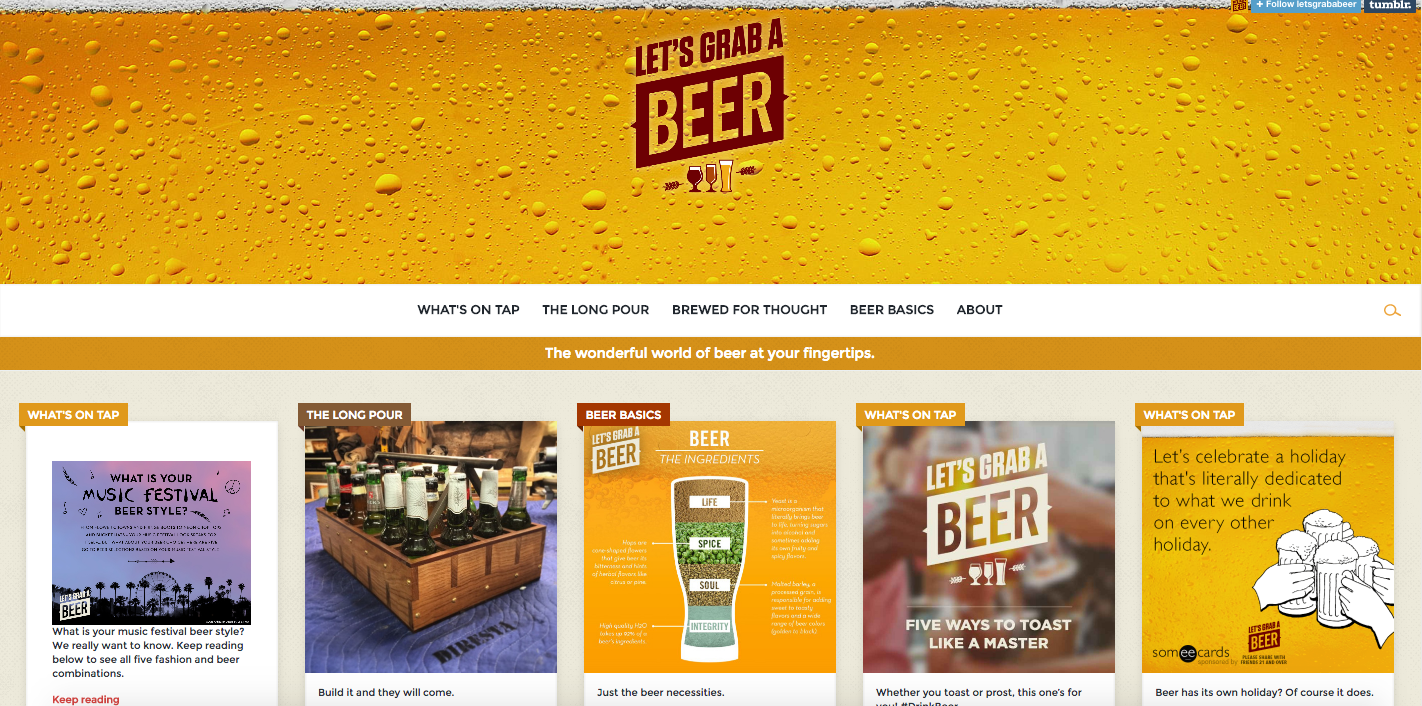
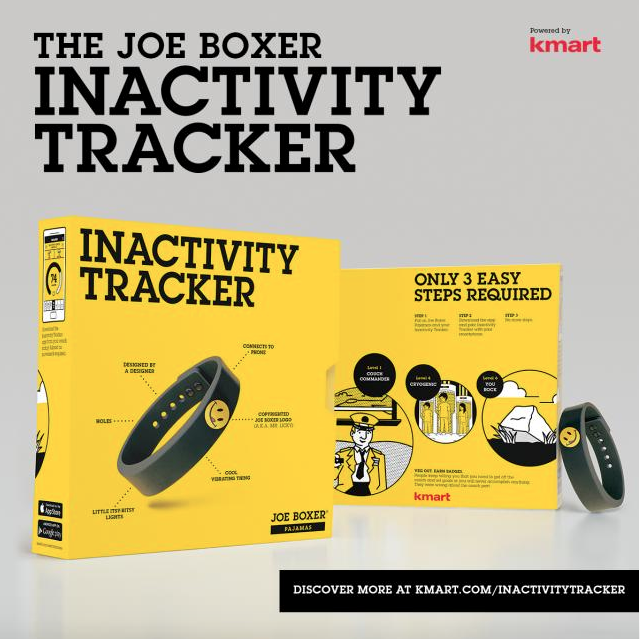 Read more about the product, and how to get it, in the article from AdAge
Read more about the product, and how to get it, in the article from AdAge 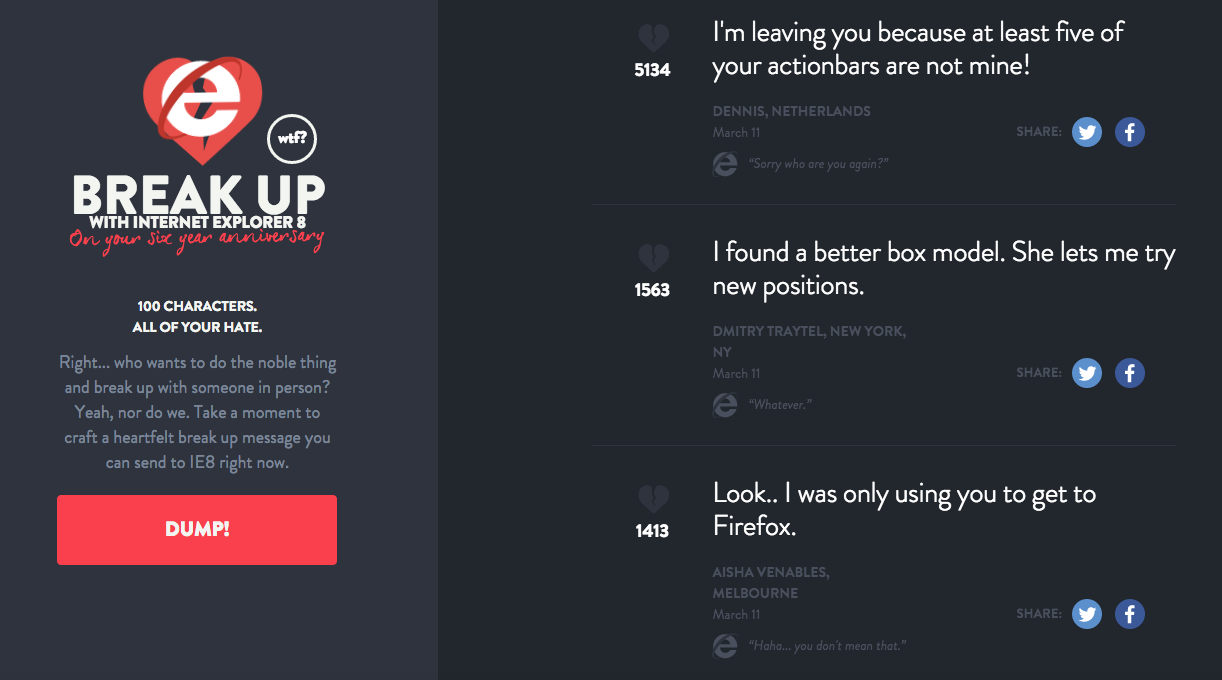
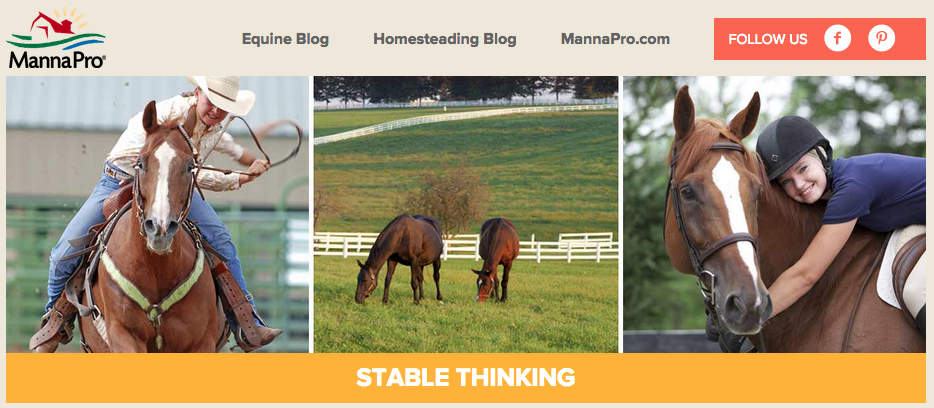
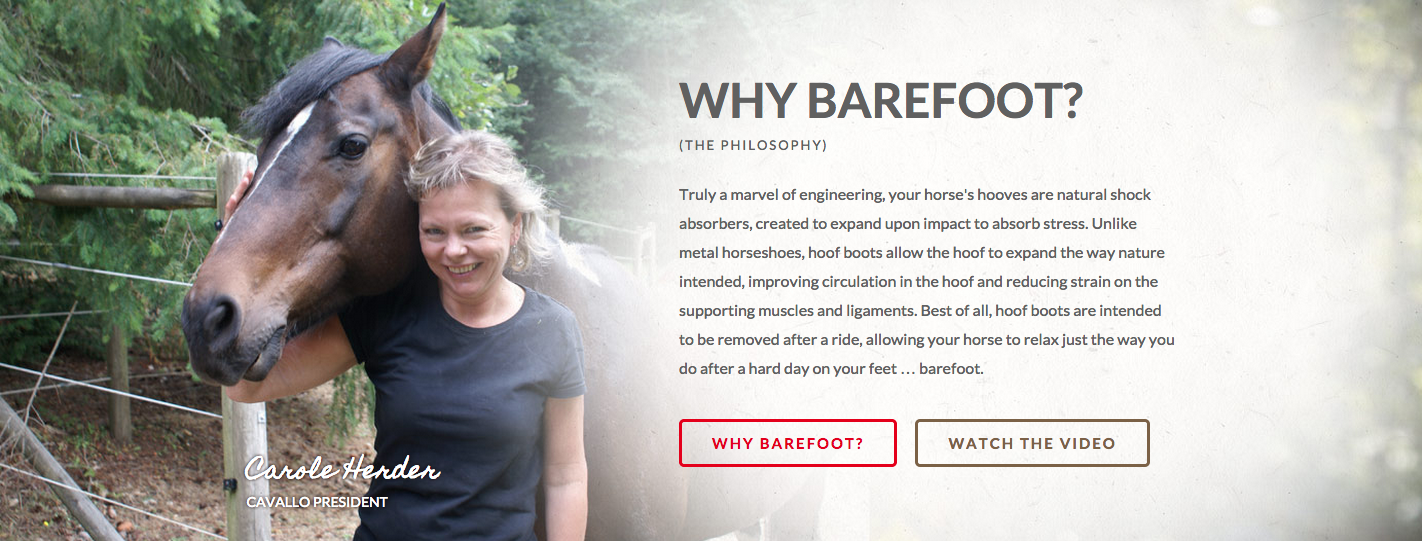



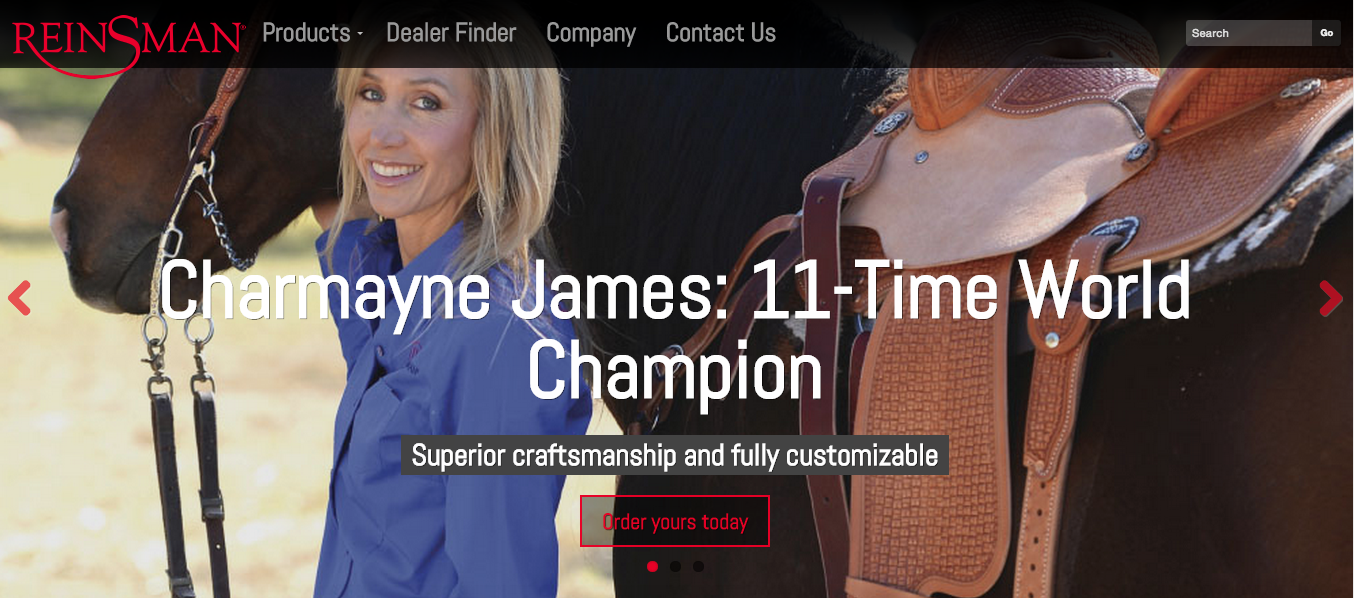




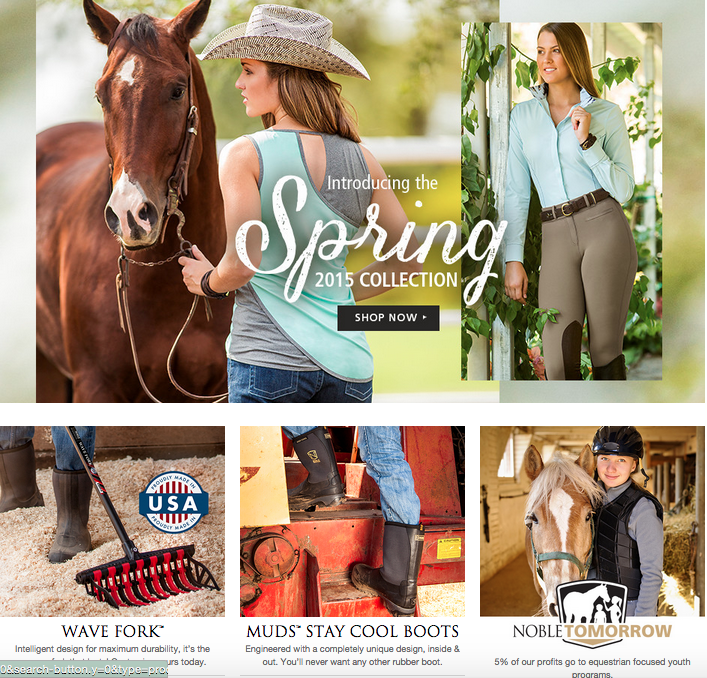
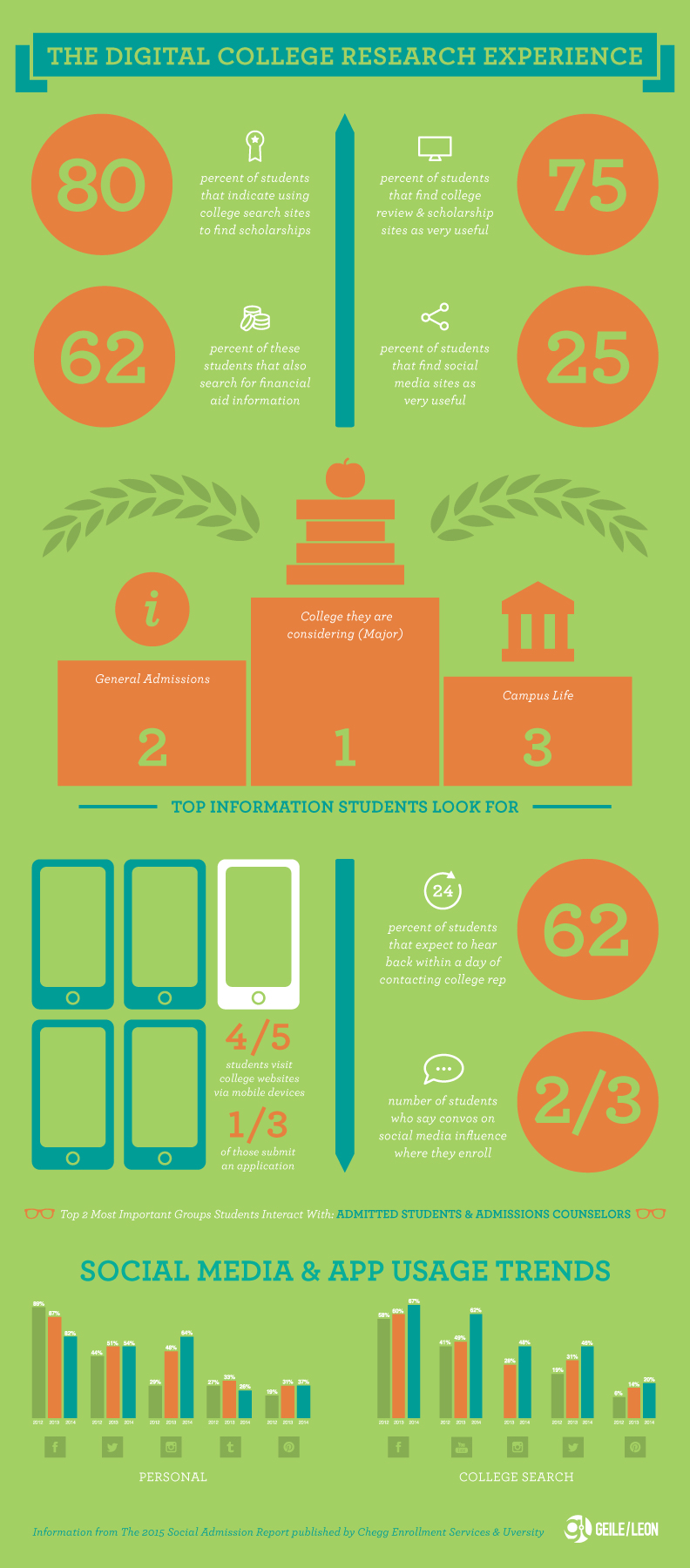
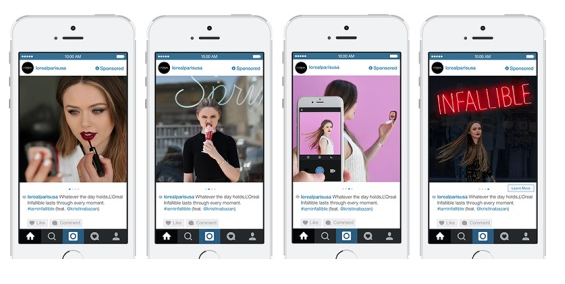




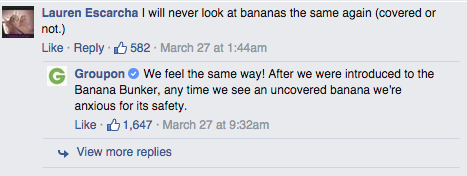

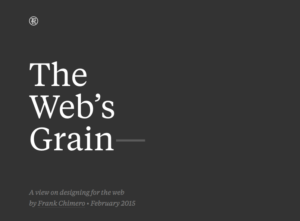 Frank Chimero
Frank Chimero
